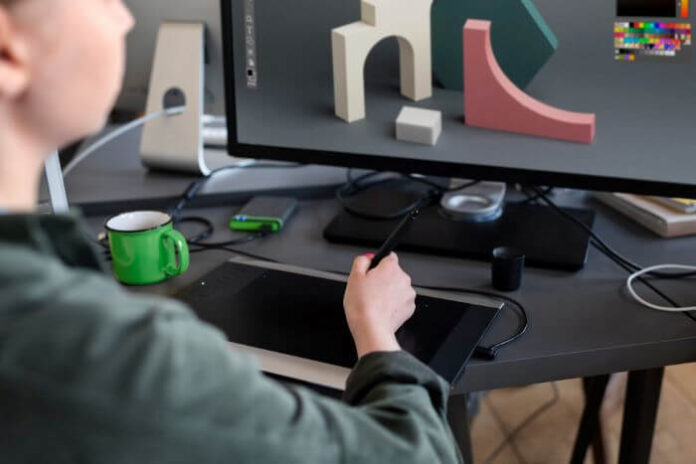Game art can be a lucrative industry to enter, but there are many aspects to consider before getting involved. You’ll need to establish a client relationship, collaborate with other artists and designers on projects, and learn how to communicate your vision to succeed.
If you have been thinking of working in-game art, whether as a freelancer or studio founder, this guide will help.
Here, we will explore the ins and outs of working in game art – from finding clients and building relationships with them through creative direction challenges. Sounds like what you would like? Then, keep reading.
From Freelancers to Studios: Service Providers in Game Art
It’s important to stay on top of trends in your industry. As games have become more complex, so have their art requirements. This means that a single project can require hundreds or even thousands of individual pieces of artwork, each one requiring a unique skill set from an artist.
If you’re interested in working as an independent contractor, there are plenty of opportunities available for you! You can work with small teams or big studios like Kevurugames.
Either way, it’s important to know how each type works so you can communicate effectively with your customers and teammates.
Client Relationships: The Key to Successful Collaboration
Client relationships are the key to success in this industry, but they’re not always easy to maintain. If you want to build a good client relationship and keep it that way, let’s show you some tips that could be useful.
First is to be honest about your limitations as an artist. It’s okay if you don’t know how to do everything. As a matter of fact, being honest about your limitations can be helpful for your clients!
If they know what areas you’re strongest and weakest in, they’ll be able to let go of unrealistic expectations and trust that their project is going well.
Another thing is that you shouldn’t take criticism personally. Remember that when someone criticizes something about your work or asks for changes, it’s not necessarily because they dislike what you’ve done.
More likely than not, it means something is missing from their perspective, which could improve both the quality of their experience as well as yours (and possibly even save time). So, be open-minded when receiving feedback from others so that both parties get what they need out of each collaboration together!
The Challenge of Creative Direction
For game artists, the challenge of creative direction is bridging vision and execution. It’s important to have a clear idea of what you want your game art to look like in its final form but it’s also critical that you can communicate this vision effectively so that it can be executed by the appropriate team members.
For example, if you want your game character to have green skin and blue hair but don’t tell anyone about this detail until after they’ve finished drawing him or her, then there will likely be some problems with consistency throughout all of their assets.
This may not seem like such a big deal when dealing with just one asset (and maybe not even two), but try doing this hundreds or thousands of times over dozens upon dozens of different characters. Then you will see how much problem that can bring.
Strategies to Help You Succeed in a Saturated Market
To find success in a saturated market, you’ll need to stand out from the crowd. Unfortunately, not everyone knows how to go about this. If you are also in that shoe, let’s show you some strategies that can help.
- Build a unique portfolio
You will have to create a portfolio that showcases your best work and includes samples of projects similar to what you’d like to do next. This will demonstrate both your skill level and range of experience as an artist.
- Networking
Network with other artists – both locally and online. Leverage social media groups like Facebook or LinkedIn to find like minds that you think can help push your work further. These platforms are great for connecting with potential employers and clients alike!
- Establishing yourself as an expert
Everyone loves to partner with someone they think they can trust – an expert in the game. So, you will have to establish yourself as an expert on game art services by participating in industry conferences like GDC (Game Developers Conference). This can also help build up your reputation within the community if people see that others think highly enough about your work!
Final Note
Game art is a lucrative industry with a growing demand for skilled talent. Competition among service providers can be fierce, and it’s important to keep up with the latest trends to stay ahead of the curve.
But as we’ve seen here, there are many ways for artists, designers, and others working in-game art to thrive in today’s market, and we hope that this article has given you some ideas about how to do so!







